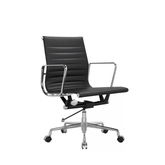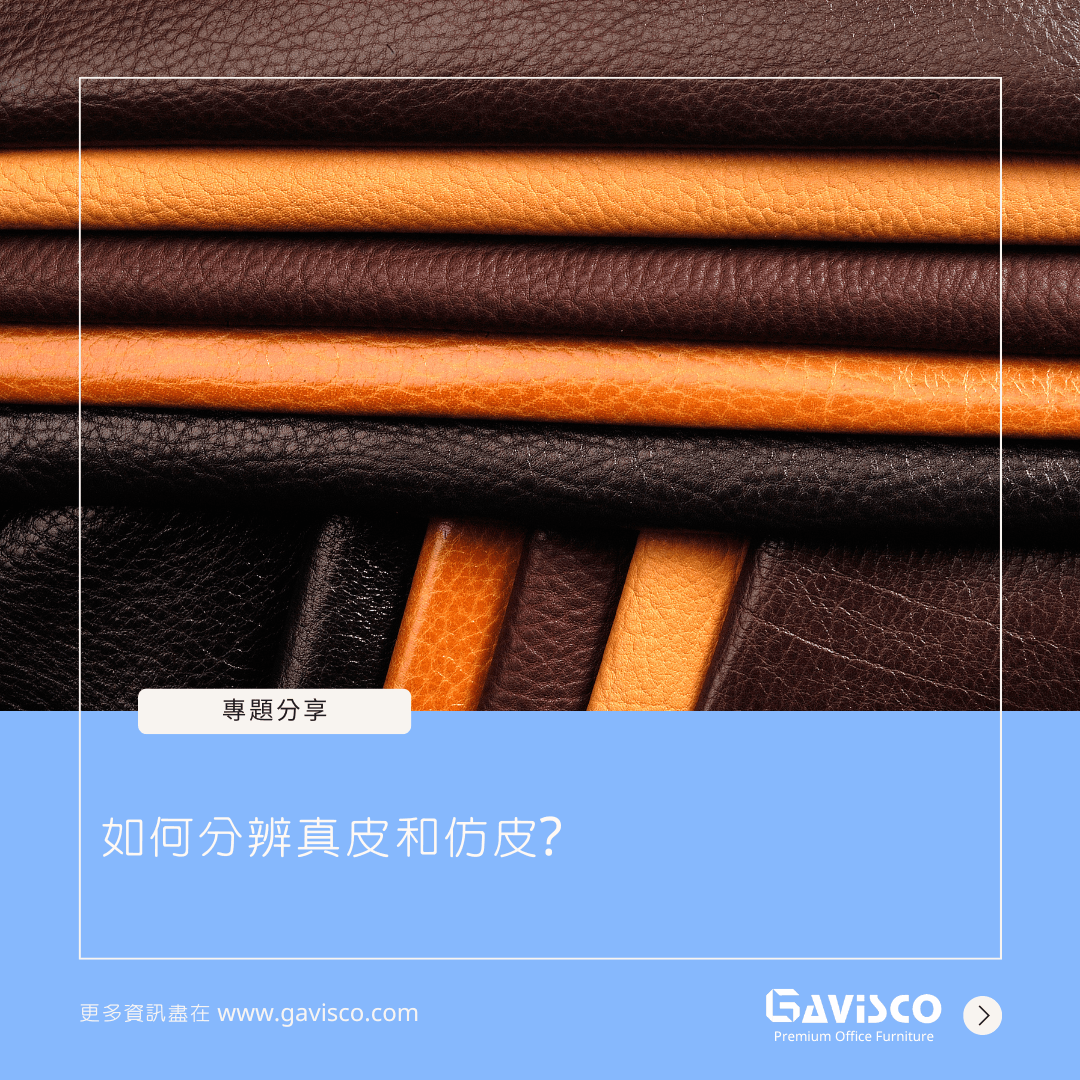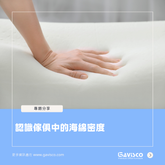In the realm of office furniture, the choice between genuine leather and faux leather can significantly impact both aesthetics and budget. Leather is a timeless and luxurious material that adds elegance and sophistication to various products, including furniture, especially leather sofa and executive leather chair. However, with the rise in popularity of faux leather, how to be able to differentiate between genuine leather and its synthetic counterpart? Understanding the differences between these materials is crucial for making informed purchasing decisions.
Table of Contents
- Introduction
- What is Genuine Leather?
- What is Faux Leather?
- 4 Key Differences Between Genuine and Faux Leather
- 8 Test to Identify Genuine Leather and Faux Leather
- Conclusion
- FAQs
Introduction
Genuine leather is made from animal hides, offering durability and a luxurious feel, while faux leather is a synthetic material designed to mimic the appearance of real leather at a lower cost.
What is Genuine Leather?
Genuine leather is crafted from animal hides, typically cowhide, and undergoes a tanning process to enhance its durability and texture. It is known for its natural look, breathability, and longevity. Genuine leather ages gracefully, developing a unique patina over time.
What is Faux Leather?
Faux leather, also known as synthetic leather, It is typically made from a fabric base, such as polyester or cotton, which is coated with a layer of polyurethane (PU) or polyvinyl chloride (PVC). Faux leather can also be made from other materials like microfiber or recycled leather fibers. It is often more affordable than genuine leather and offers a wide range of colors and styles.
4 Key Differences Between Genuine and Faux Leather
- Durability: Genuine leather is more durable and can last for decades, while faux leather may wear out faster.
- Appearance: Genuine leather has a natural, unique grain pattern, whereas faux leather often has a uniform texture.
- Price: Genuine leather is typically more expensive due to its quality and longevity.
- Maintenance: Faux leather is easier to clean and maintain, making it a practical choice for high-traffic areas.
8 Tests to Identify Genuine Leather and Faux Leather
- Softness and Suppleness: Genuine leather is soft and supple to the touch. It has a natural warmth and pliability that sets it apart from faux leather. When you press your fingers onto genuine leather, it will leave a temporary impression that slowly fades away.
- Grain Variation: Genuine leather exhibits natural variations in the grain pattern, texture, and color. Look for slight imperfections, wrinkles, and irregularities on the surface. These variations are a testament to the authenticity and uniqueness of genuine leather. While faux leather often has a consistent and uniform texture. It may feel smooth and plastic-like to the touch. However, some faux leathers are designed to imitate specific types of genuine leather, such as grain or suede textures. Pay attention to any repeating patterns or textures that seem too perfect or artificial.
- Smell: Genuine leather has a distinct and pleasant smell that is often described as rich and earthy. Faux leather, on the other hand, may have a chemical or plastic-like odor.
- Absorption Test: Genuine leather has the ability to absorb liquids to some extent. Place a small drop of water on an inconspicuous area of the material and observe. If the water is absorbed, it is likely genuine leather. If the water beads up or sits on the surface, it is likely faux leather.
- Edge Finish: Examine the edges of the material. Genuine leather typically has rough edges, while faux leather often has a clean and smooth edge due to the manufacturing process.
- Flexibility: Genuine leather is known for its flexibility and ability to stretch. When you bend or fold genuine leather, it will crease and show signs of natural wear. Faux leather, however, may resist bending or creasing and may retain its shape even when manipulated.
- Price and Brand Reputation: Genuine leather tends to be more expensive than faux leather due to its durability and natural properties. Additionally, reputable brands and manufacturers often provide authenticity labels or certificates with their genuine leather products.
- Consult an Expert: If you are still uncertain about the authenticity of a leather product, it is always advisable to consult an expert or a professional in the field. They have the knowledge and experience to accurately identify genuine leather and can provide guidance based on their expertise.
Conclusion
Being able to differentiate between faux leather and genuine leather is essential when making purchasing decisions and ensuring the quality and authenticity of leather products. By understanding the key characteristics and employing the identification methods mentioned above, you can confidently identify whether you are dealing with faux leather or the real deal. Genuine leather offers unparalleled durability, natural beauty, and a luxurious feel, making it a worthy investment for those seeking timeless elegance and quality.
FAQs
-
Q1: Is faux leather as durable as genuine leather?
A1: Faux leather is generally less durable than genuine leather and may wear out faster. -
Q2: Can faux leather develop a patina like genuine leather?
A2: No, faux leather does not develop a patina over time as genuine leather does. -
Q3: Is genuine leather more environmentally friendly than faux leather?
A3: Genuine leather is a natural product, but its production can have environmental impacts. -
Q4: How can I maintain genuine leather furniture?
A4: Regularly clean and condition genuine leather to maintain its appearance. -
Q5: Are there any vegan alternatives to leather?
A5: Yes, there are vegan alternatives like PU leather and other plant-based materials.
Gavisco Premium Office Furniture - Elevate Your Workspace





















